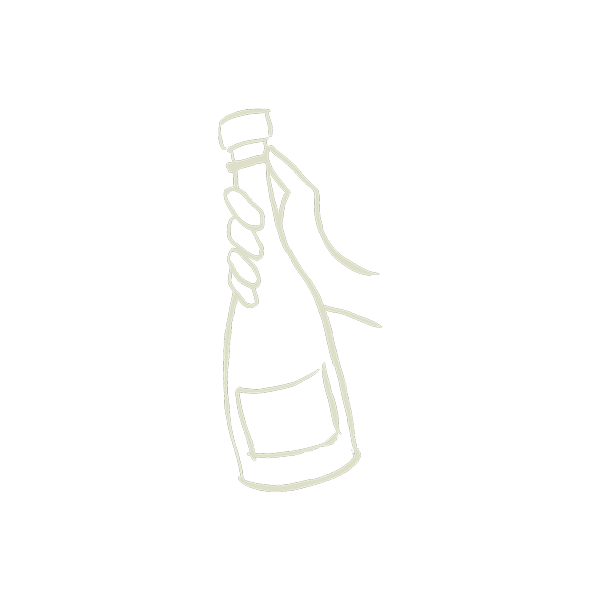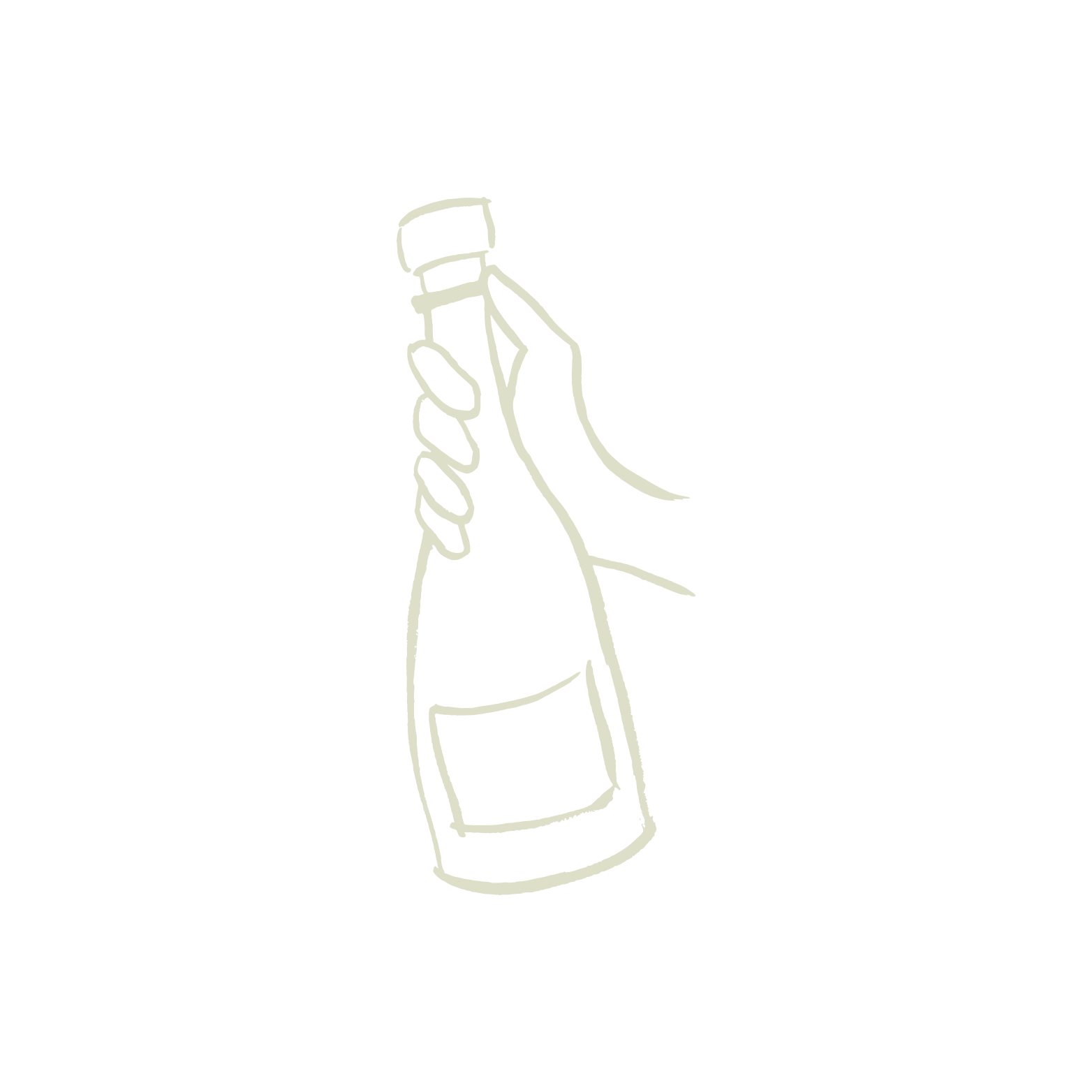Harvest in Champagne 2023

5 fun facts about harvest in Champagne
Hip, hip, hooray! Harvest is underway! Want the inside scoop on what is, arguably, the most exciting and frenetic time to visit Champagne? Here are five fun (and totally geeky) facts that’ll take you right into the middle of the action.
1. The Comité Interprofessionnel du vin de Champagne sets the harvest date and yield strategy.
Each year, the Champagne growers and big house representatives that make up the Comité meet in Épernay to determine the dates and yield strategy for the upcoming harvest. This year’s harvest was set to open on September 2.
2. Once harvest begins, the clock starts ticking.
Growers have a two- to three-week window from the official start day during which to pick their grapes. Each village determines its own picking schedule based on a number of factors, including grape varietal. Typically, villages that grow pinot meunier and pinot noir start earlier than those that grow chardonnay, since dark-skinned grapes tend to develop sugar levels more quickly. This year, however, growers in Montgueux in Aube petitioned the Comité to begin a day earlier to preserve acidity and prevent further grey rot decay in their chardonnay vineyards. Growers are acutely aware of the conditions in their vineyards at all times and advocate for what they need to coax the best from their fruit.
3. The official commercial yield stems from market expectations rather than conditions in the vineyards.
This year, the Comité set the commercial yield at 11,400 kg/ha even though the actual yield calculations from the vineyards are projected to be much higher, closer to 21,000 kg/ha. Thanks to this abundance, growers can pick an extra 4,100 kg/ha to top off their reserves. This year, the Institut National de l'Origine et de la Qualité approved a request from Organisme de Défense et de Gestion to increase the maximum volume of réserve individuelle from 8000 kg/ha to 10,000 kg/ha.
4. This year’s big yield is unusual.
Annual Champagne grape yields have decreased 26 percent from 12 years ago thanks to a variety of factors, such as climate hazards, vine decline and the natural aging of vineyards. At the aforementioned calculation of 21,000 kg/ha yield, however, this year’s yield is unusually large. The sizable yield is a result of a mostly favorable growing season as well exceptionally large grape clusters that are weighing in at 225 grams on average, 30 percent heavier than the previous record set nearly two decades ago. The Comité’s current yield strategy is part of an effort to take full advantage of good years like 2023 to further improve the industry’s resilience. Nonetheless, the ruling is not without controversy.
5. Despite contentious rulings, varying points of view and growers’ livelihoods hanging in the balance, it’s still Champagne, after all, and harvest ends in celebration.
Harvest is a homecoming of sorts, gathering family and friends from near and far (and seasonal workers who come back to Champagne year after year) to get the job done. After weeks of long days and nights in the vineyards, growers like the Redon family throw a big party to celebrate the end of harvest. In the village of Trépail where the Redons live, the spirited affair is called Le Cochelet, and there’s always good food and plenty of Champagne to go around.
Cheers!
Team fatcork

